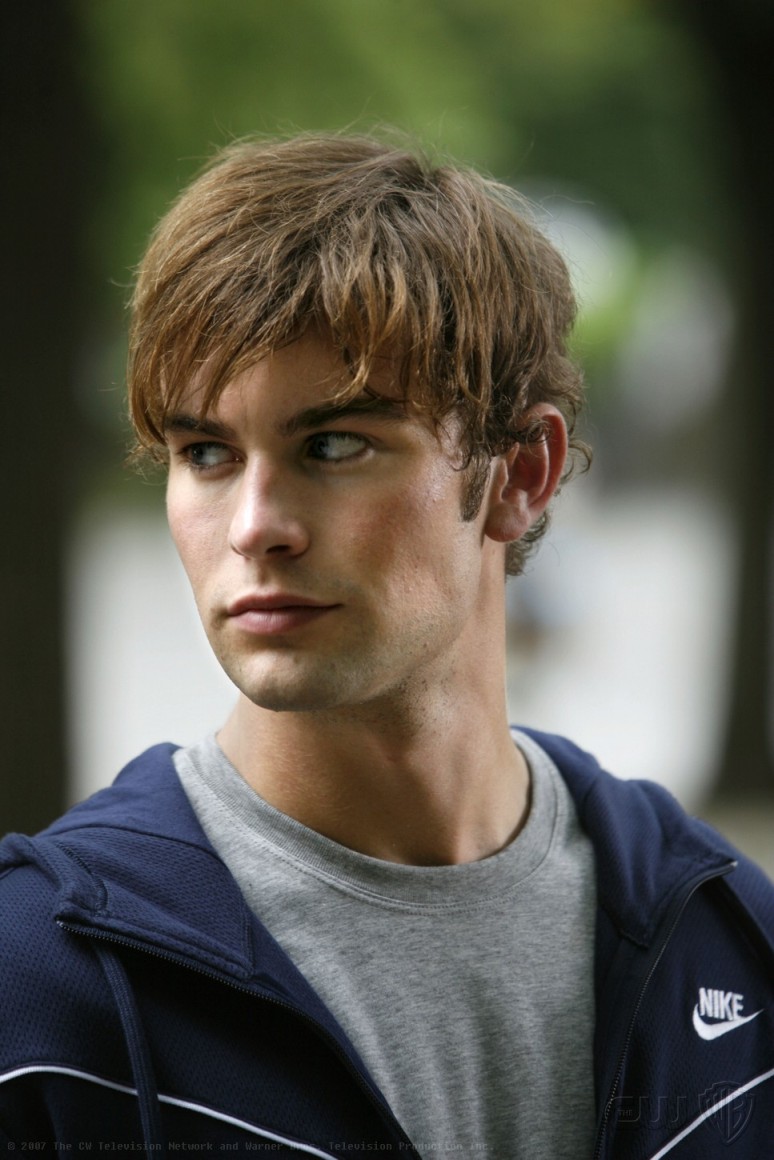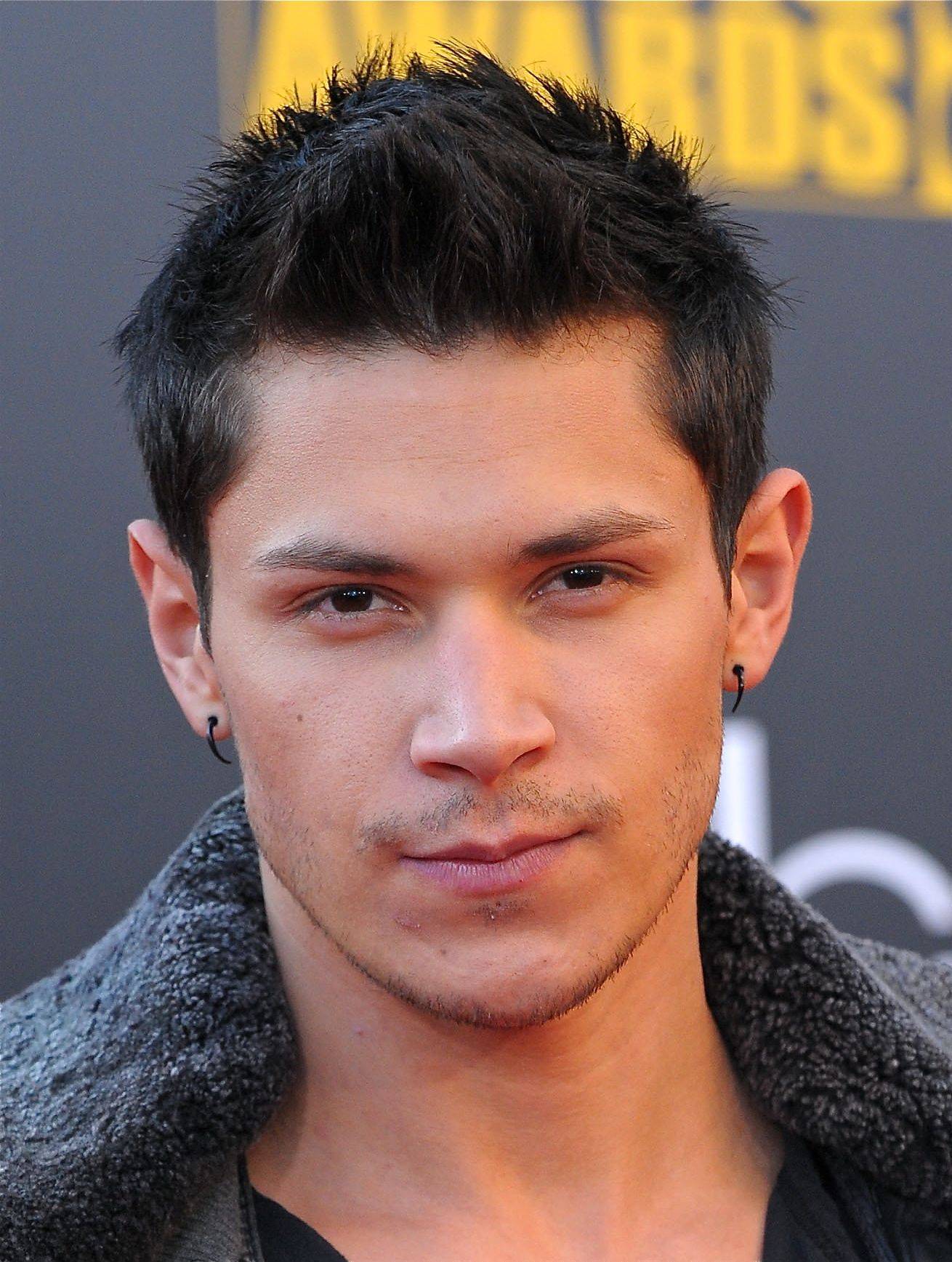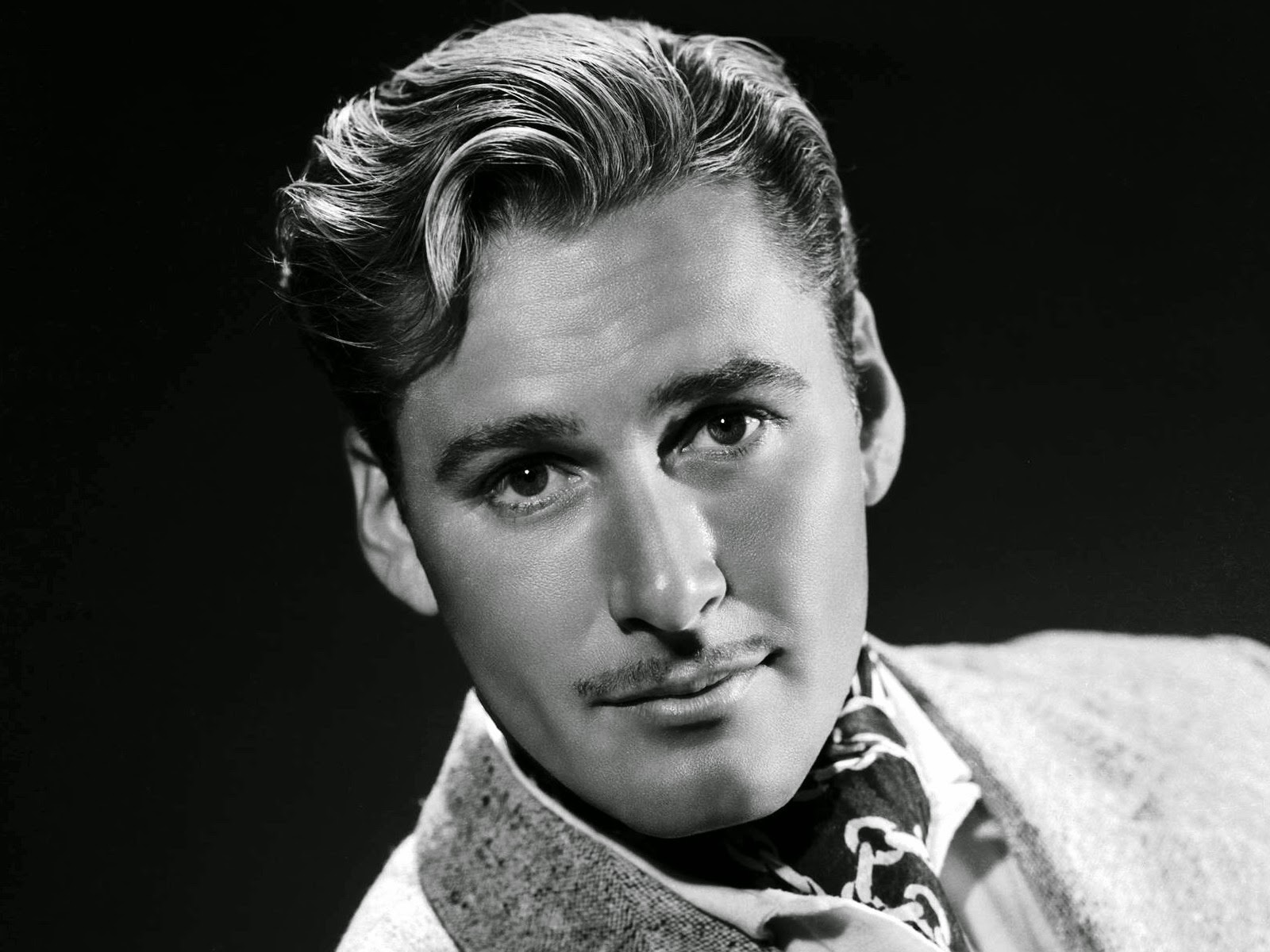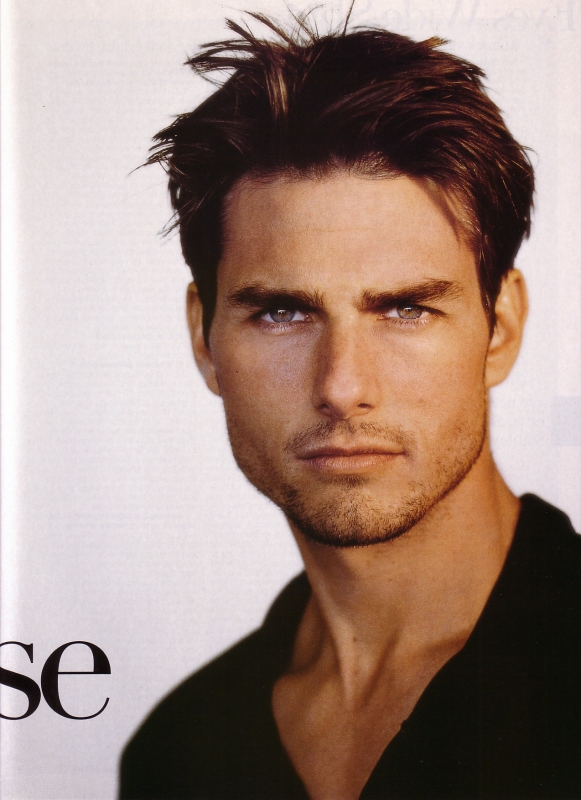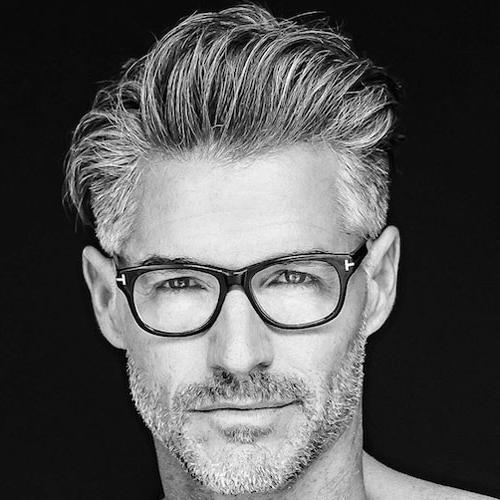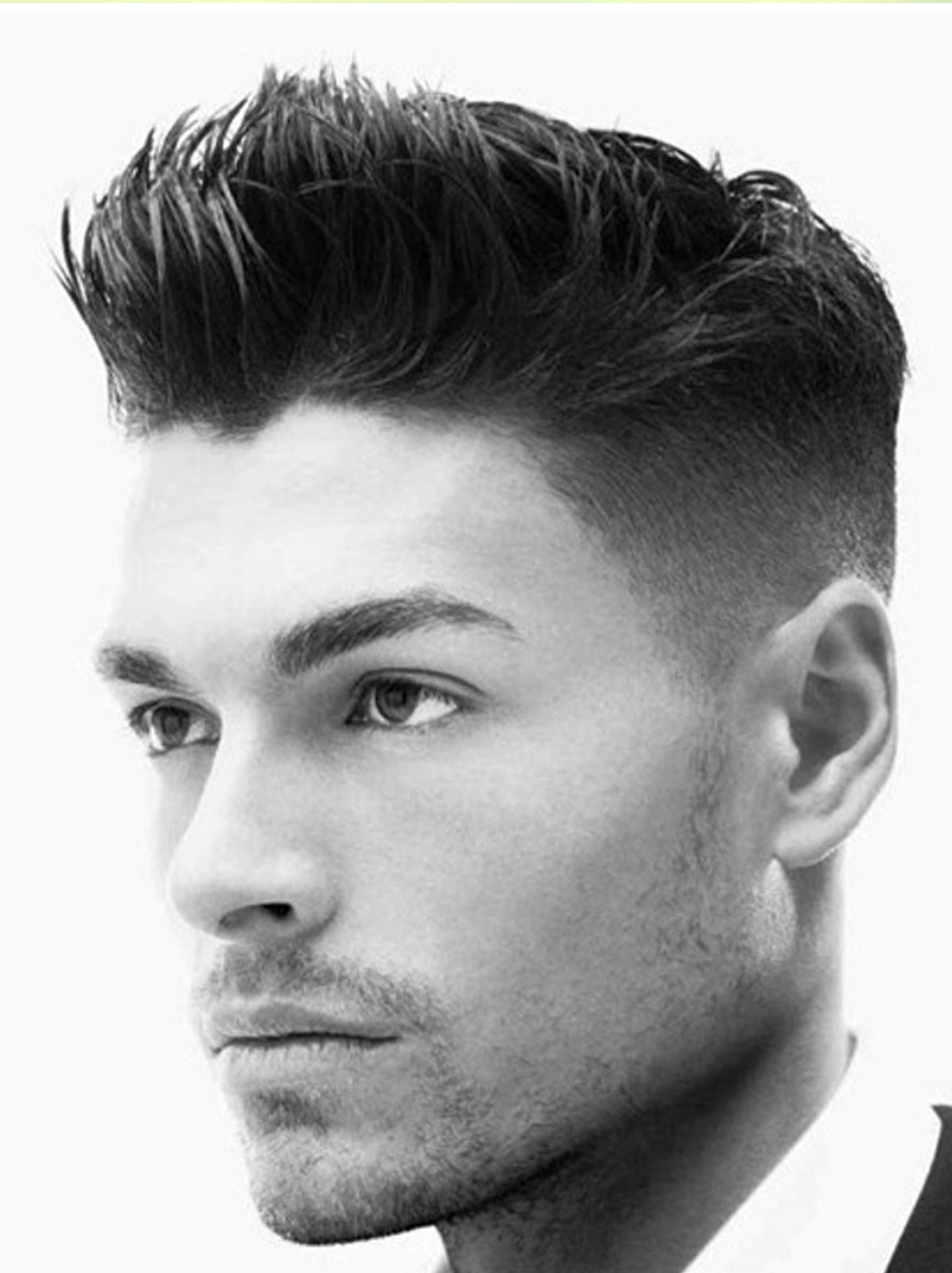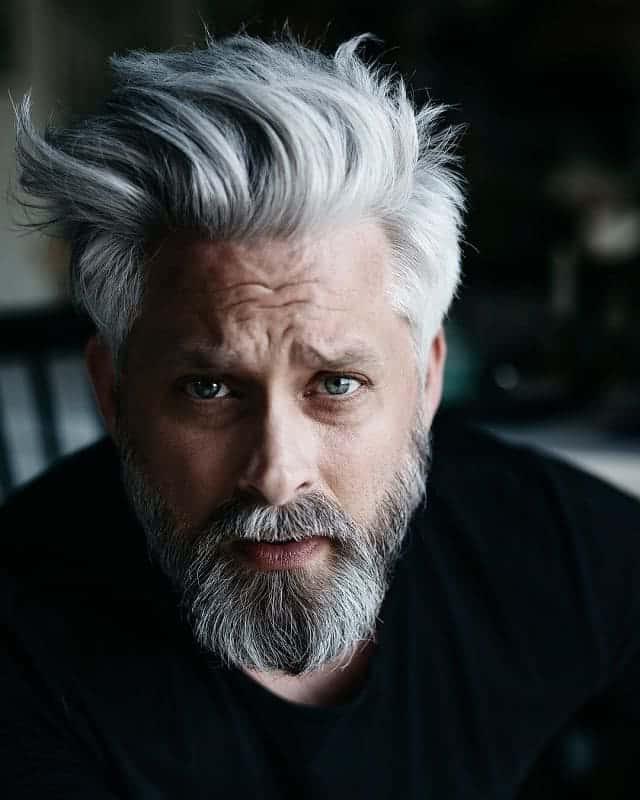Painstaking Lessons Of Tips About Best Men's Hairstyles In History

While the trend faded with the young collegiate men, the hairstyle for.
Best men's hairstyles in history. What was the hairstyle for men in the 1920s? The tale has inspired sculptors, composers and. In honor of movember, the 12th episode of cut video's enormously popular 100 years of beauty series focuses on the hirsute evolution of men's style over the last.
It features heavy layers concentrated at the crown, which. Updated january 17, 2024. Celebrities and pop culture evolving attitudes key takeaways:
29, 2012 12 am pt los angeles times the ancient story of samson and delilah shows how important a man’s hairstyle can be. Some men’s styles from 1973. The early ’40s hair was neatly groomed into a single wave and polished with oil or.
1950s hairstyles refer to the distinctive hair trends and styles that were popular during the 1950s. The 80’s and 90’s hair styles. For men, this decade was characterized by a variety of hairstyles, from the.
Regulation cut the regulation cut is one of the most popular short haircuts for men. In the 1920s, men were almost always wearing a hat. The 1970s embraced a diverse array of hairstyles that.
It’s low maintenance, looks good, and is extremely practical. From the beatles to bob marley, the psychedelic 60s marked a time in music culture and radical change reflected in men’s hairstyles. Wolf cut the wolf cut is a cool and trendy men’s haircut that’s been gaining popularity this year.
The most popular haircuts for men are the comb over fade, slicked back undercut, quiff, crew cut, faux hawk, side part, crop top, fringe, textured messy. The difference between early and late 1940s hairstyles was in the amount of wave and height. One popular hairstyle for men in the early 19th century was the “regency cut,” characterized by short hair on the sides and back, with longer hair on top that was often.
Vintage hairstyles for young men, probably from the early 1960s. The history of men’s hairstyles dates back thousands of years, as hairstyles were used to signify an individual’s social status, wealth, and power in ancient.
